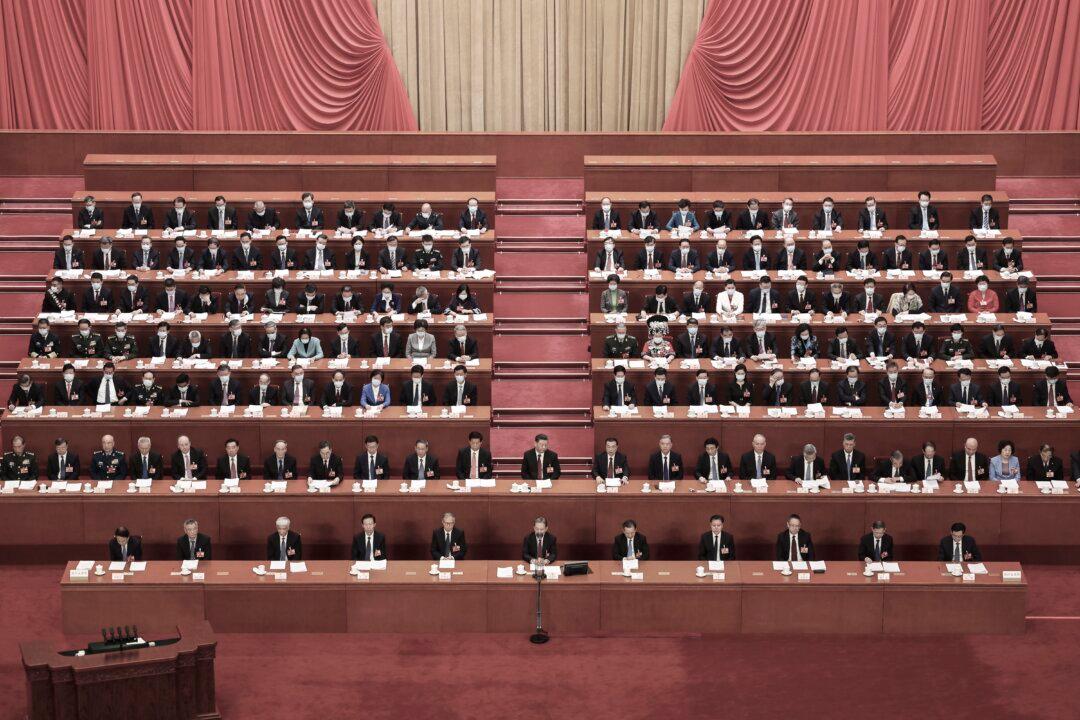Four years ago, Chinese scientist He Jiankui stunned the global scientific community when he created at least three genetically modified babies by inserting genetically modified human embryos into human wombs, becoming the first known person to manipulate the human gene pool. Under international pressure, he was sentenced to three years in prison in China in 2019 for illegal medical practices. However, he recently announced that he will continue his research into human gene editing.
Secret Creation of Genetically Modified Babies
On Nov. 28, 2018, without publishing any prior peer-reviewed research, Mr. He announced at the Second International Summit on Human Genome Editing in Hong Kong that two babies whose genes he had modified were born. Using the CRISPR/Cas9 technology, he attempted to block the entry of HIV into cells by deleting the CCR5 gene, thus making the babies immune to HIV.CRISPR/Cas9 is a specific, efficient, and versatile gene editing technique that can be used to modify, delete or correct precise regions of DNA.
However, Mr. He kept the embryos secret from the doctors who performed the surgery and the hospital where the babies were born, and he did not announce in scientific journals or academic conferences that he intended to implant genetically edited embryos into human wombs. Moreover, Mr. He used someone else’s blood samples instead of the embryo’s biological father’s for testing in case the HIV-positive father got rejected by the doctors.
A few days before the Hong Kong summit, Mr. He sent an email with the subject line “Babies born” to UC Berkeley Professor Jennifer Doudna, an expert on gene editing and co-inventor of the CRISPR technology. Ms. Doudna co-discovered in 2012 that a strange bacterial immune system called CRISPR could edit DNA as cleverly as Microsoft Word edits documents, and she won the Nobel Prize in Chemistry in 2020 for inventing CRISPR.
Concerns From Scientists in the West
Right before the Hong Kong summit, Mr. He’s work was met with worldwide condemnation. Top experts in the field bombarded him with technical questions and various ethic concerns. Mr. He reportedly avoided the questions at a dinner event and hastily left the scene.This was not the first time that Mr. He had been challenged in this way. In 2017 at a symposium at UC Berkeley in the United States, other experts had already raised similar questions to him regarding his research. Mr. He demonstrated work using CRISPR to edit mouse, monkey, and human embryos, but he did not disclose that he intended to implant the embryos into a human uterus.
Unknown Genetic Changes
In total, Mr. He’s team injected 31 embryos and ultimately succeeded with 21, according to his account at the Hong Kong summit in 2018 and disclosures to the Associated Press. Analysis of the cells, when the embryos were 3 to 5 days old, showed that there was chaos in the gene editing. None were able to replicate the CCR5 mutation, which is known to prevent HIV. Nevertheless, Mr. He’s team implanted 11 genetically modified embryos.Therefore, the DNA fragments that Mr. He thought were unimportant may actually be important.
Even if Mr. He succeeded in modifying the gene as expected, it still could have been detrimental to the baby’s long-term health. This is because scientists have found that people who are missing the normal CCR5 gene face a higher risk of contracting certain viruses other than HIV and dying from influenza. Scientists also found that those with two copies of the abnormal CCR5 gene were about 21 percent less likely to live to age 76.
Since Mr. He was not certain of the changes that will occur after the genetic modification, his manipulation could have unpredictable consequences for the babies.
International Guidelines on Gene Editing
There are currently two types of gene editing experiments in humans—somatic cell editing and germline cell editing. Somatic cell editing targets non-reproductive cells, and the changes that occur in these cells affect only the person who receives the gene therapy, while germline cell editing alters the DNA in reproductive cells, such as sperm and eggs. Such changes in the DNA of reproductive cells are passed on from one generation to the next. This means that the future of the human race will be affected.Therefore, even though CRISPR technology has made gene editing quite easy, Western scientists are still reluctant to take the step of implanting a genetically modified embryo into a human womb.
In most Western countries, it is illegal to implant a genetically modified human embryo into a human uterus. The United States does not allow the Food and Drug Administration (FDA) to authorize such experiments.
On the eve of the opening of the Hong Kong Summit in 2018, Alta Charo, a professor of law and bioethics at the University of Wisconsin-Madison, asked Mr. He if he understood the importance of the principles in editing human genes as spelled out in the 2017 NASEM paper and the 2018 paper from the UK’s Nuffield Council on Bioethics. Mr. Charo pointed out that these two documents serve as a warning to gene editing in germline cells.
“I absolutely feel like I complied with all the criteria,” Mr. He claimed.
Mr. Charo told Science magazine that he was shocked by Mr. He’s remarks.
Regime Suspected of Supporting the Research
The Chinese Communist Party’s (CCP) Ministry of Science and Technology appears to have provided funding for Mr. He’s modified gene research. According to a slide presentation that Mr. He used to recruit volunteers for clinical trials, the source of funding was the State Key Research Program of the CCP’s Ministry of Science and Technology.The China Clinical Trial Registry listed another funder of Mr. He’s experiments as the Shenzhen Science and Technology Innovation Commission, which is a part of the municipal government under the CCP.




